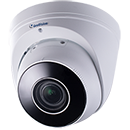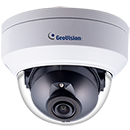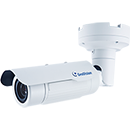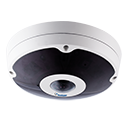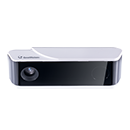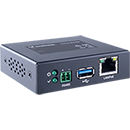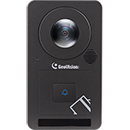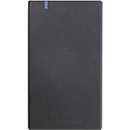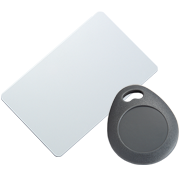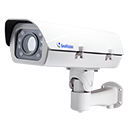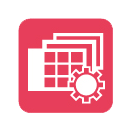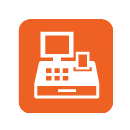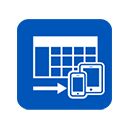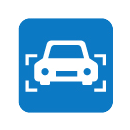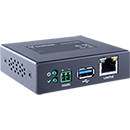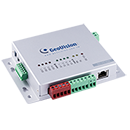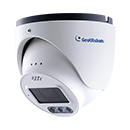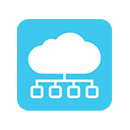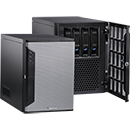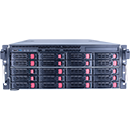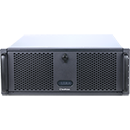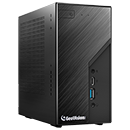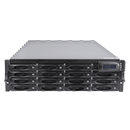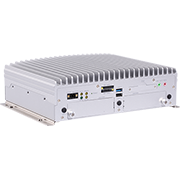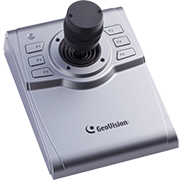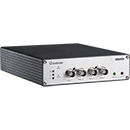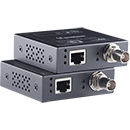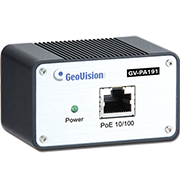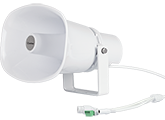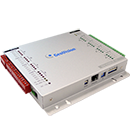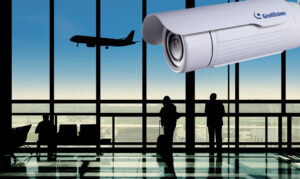
Multisensor cameras boast various advantages. With multiple lenses packed in one device, a single multisensor camera can provide coverage of a wide area as opposed to installing several fixed cameras. Today, multisensor cameras are deployed in a range of vertical markets where end users can benefit from these cameras’ unique characteristics.
Generally speaking, multisensor cameras can come in handy for end user entities with wide open spaces. These include parking lots, airports, factories and large stadiums where instead of having three or four cameras at each corner, you can have as little as three cameras or even less, covering effectively the same area with less blind spots.
Commercial buildings, hotels, residences, schools and airports have open spaces including lobby, cafeteria and indoor gyms. Those open spaces are usually having high ceiling where camera installation is not easy. For those areas, one camera installation doing multi-camera functions is very welcomed because it reduces camera installation effort. Also, the environments of those verticals have lots of hallways inside the building, for which multisensor cameras can cover different hallway angles.
That said, the following are some of the vertical markets that can benefit from multisensor cameras.
City surveillance and transportation
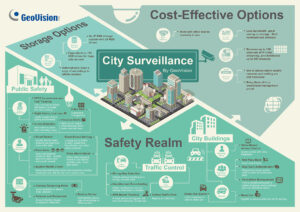
As municipalities usually contain large spaces, multisensor cameras can be ideal in city surveillance applications. Terrorism is not far from us anymore. Any large open space needs to be monitored without blind spot. High resolution multisensor cameras can be the solution for it.
The four repositionable lenses, each with 4K image sensors, offers sharp and clear images. This has the added advantage of minimizing blind spots and allows the cameras to adjust to various shaped intersections and monitoring areas found in city centers.
Transportation is another area which can enjoy the benefits of multisensor cameras. The multisensor cameras are useful at crossroads or subway stations with complex direction structure (ground/underground) monitoring.
Now there’s a case study. In this application, the client was able to monitor a very long street with only one multisensor camera, in comparison to at least three if traditional cameras were used. Aside from reducing the total number of cameras, installation and maintenance are greatly simplified since only one camera installation and one set of cables are required. Aside from that, panoramic cameras allow for smooth tracking of an object across the entire road, instead of having to jump between several cameras with blind spots in between, ensuring no critical detail is missed at all times.
Government
The government sector can also benefit. Multisensor cameras can monitor the corner of a government building, offering a 180-degree overview. Advanced stitching and dewarping techniques allow corners to be more effectively monitored with fewer cameras. Perimeter monitoring for entrance violations is also enabled.
Closely related to government is airports, where wide areas such as baggage claim and runways can all be monitored effectively with multisensor cameras.
Education and Healthcare

Education and healthcare are two other verticals that can use the help offered by multisensor cameras. For example, a college campus might require a multi-sensor camera to be deployed on an emergency call box in order to provide wide area coverage before or during a particular incident. A hospital feels that employee productivity and protection could be enhanced in a large entry lobby or on a patient floor. Multi-sensor cameras will provide better images, wider coverage, and require fewer cameras
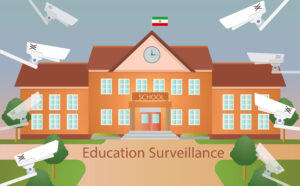
Indeed, the cost benefit of multisensor cameras is a main consideration in these verticals. For markets such as education and healthcare, which do not always have the biggest budgets when it comes to security, having multisensor cameras can help alleviate the costly burden. Instead of investing in many individual cameras, multisensor cameras can encompass multiple sensors which help increase the field of vision and eliminate blind spots, without increasing overall costs.
Software components used
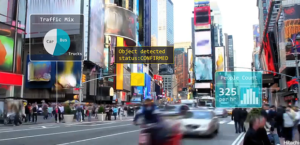
Meanwhile, multisensor cameras can work with a variety of software or analytics to provide better situational awareness and proactivity for users.
Users seek for various video analytics because they have to identify any generated event quickly while monitoring broad areas.
With many supportive software, alarms can be given for accidents, abnormal sounds or abnormal human behavior like a person falling or people fighting.
Multisensor cameras can be embedded with software enabling it to provide details forensic quality images without using up too much space.
By combining both demands into one efficient camera, we are giving the end user a whole host of possibilities for them to enhance their security surveillance systems.
Source: a&s Magazine
